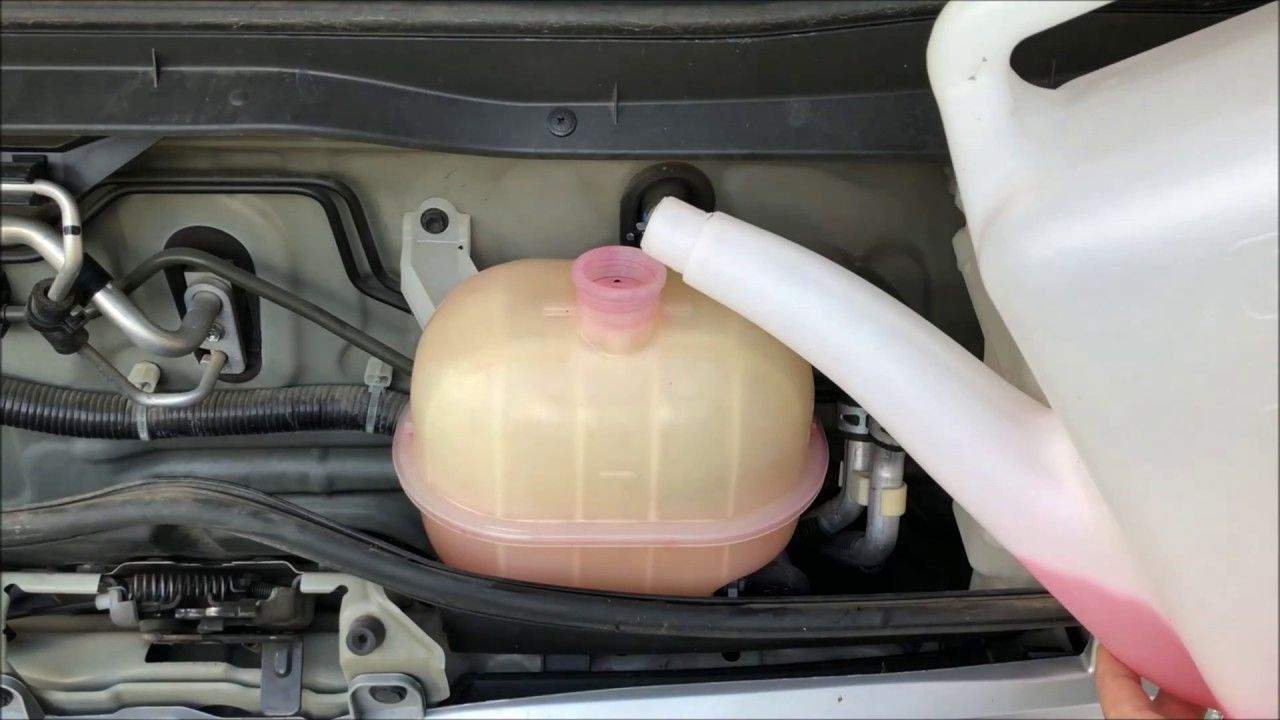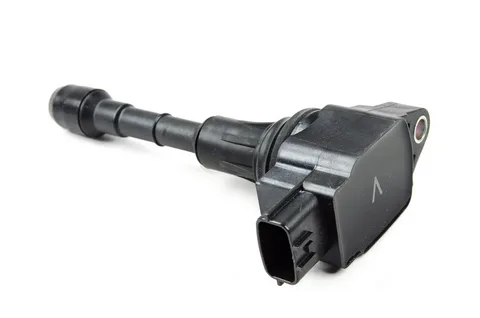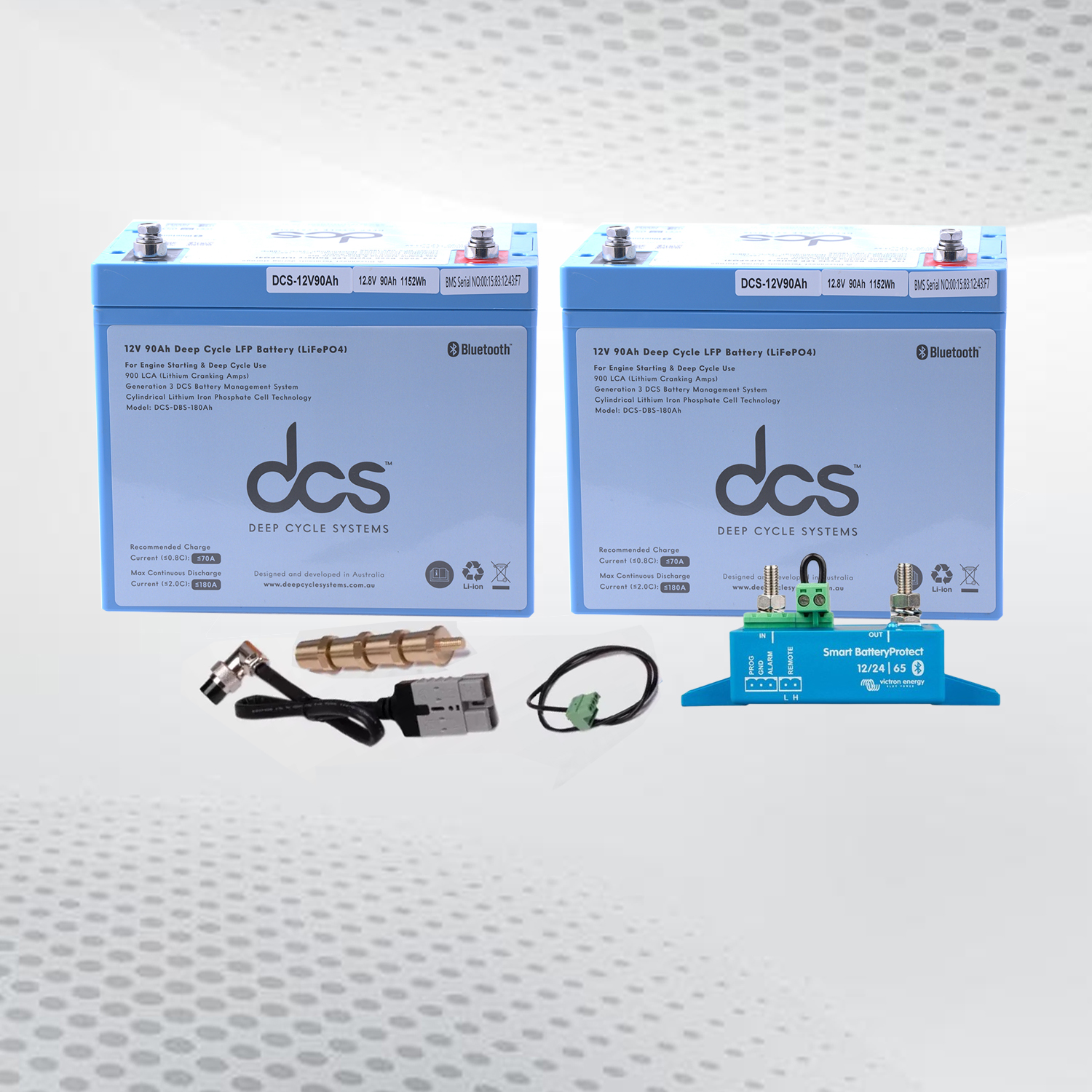When it comes to keeping your vehicle running smoothly, one of the most crucial components to understand is the coolant reservoir. Often referred to as the “heart” of your car’s cooling system, this small but vital part plays a major role in maintaining proper engine temperature and preventing overheating. In this article, they will dive into what exactly a Coolant Reservoirs is, how it works, and why it is so important for the overall health of your vehicle. So buckle up and get ready to learn about this essential piece of automotive equipment.
Importance of Coolant-Reservoirs in a Vehicle
Coolant-Reservoirs play a crucial role in maintaining optimal engine temperature. They store excess coolant, allowing for efficient heat dissipation. This function helps prevent overheating during demanding driving conditions. The coolant expands and flows into the reservoir when the engine heats up. As temperatures drop, it contracts and returns to the system. This cycle ensures your vehicle runs smoothly without experiencing thermal stress.
Additionally, a well-maintained coolant reservoir can enhance fuel efficiency. When an engine operates at its ideal temperature, combustion is more effective, boosting performance while conserving gas. Ignoring this component can lead to severe issues like radiator failure or complete engine breakdowns. Regular checks on coolant levels and reservoir conditions are essential for long-term vehicle health. In essence, these tanks are vital guardians of your car’s cooling system and deserve attention from every driver.
Types of Coolant-Reservoirs and How They Work
Coolant-Reservoirs come in various types, each designed to meet specific engine cooling needs. The plastic reservoir is the most common, providing lightweight durability and visibility of coolant levels. They are often translucent, allowing easy monitoring. Metal reservoirs are another option, typically used in high-performance vehicles, for enhanced strength and resistance to corrosion. These can effectively withstand higher pressures and temperatures.
Expansion tanks play a crucial role by accommodating the changes in coolant volume as it heats up and cools down. This prevents overflow while maintaining optimal pressure within the system. Some modern cars utilise pressurized systems that work alongside electronic sensors to manage coolant flow dynamically. This smart technology helps maintain efficiency while preventing overheating issues.
Each type serves a unique function but ultimately contributes to keeping your engine at an ideal operating temperature. Understanding these differences can help you make informed decisions about maintenance or replacements when necessary.
Benefits of Regularly Checking and Replacing Coolant-Reservoirs
Regularly checking your coolant reservoir is crucial for your vehicle’s longevity. A well-maintained reservoir ensures that the cooling system operates efficiently, preventing overheating during hot summer days.
Prevents Overheating Issues
Regularly checking and replacing Coolant-Reservoirs helps ensure the cooling system operates efficiently, preventing engine overheating and potential damage.
Improves Engine Longevity
By maintaining a proper coolant level, you can avoid strain on the engine, extending its lifespan and reducing the need for costly repairs.
Enhances Performance
A well-maintained coolant reservoir supports optimal engine performance by ensuring that the engine remains at the correct operating temperature.
Reduces Risk of Breakdown
Regular inspections of the coolant reservoir help identify leaks or weaknesses early, reducing the likelihood of sudden breakdowns and improving vehicle reliability.
Saves on Repair Costs
Proactively replacing a worn or damaged coolant reservoir can prevent more significant and expensive repairs related to engine overheating or coolant system failure.
Maintains Coolant Quality
Replacing old Coolant-Reservoirs helps maintain the coolant’s quality, which is essential for effective heat transfer and corrosion protection.
Ensures Safety
Keeping the coolant reservoir in good condition helps avoid hazardous situations, such as engine fires or extreme heat exposure, enhancing overall vehicle safety.
Signs of a Faulty Radiator Overflow Bottle
A faulty radiator overflow bottle can lead to serious cooling system issues. One of the first signs is coolant leakage. If you notice puddles beneath your vehicle, it’s time to investigate. Another symptom is low coolant levels. If you’re frequently adding fluid without a clear source of loss, this might indicate a problem with the overflow tank.
Watch for visible cracks or damage on the bottle itself. Any deterioration could compromise its ability to hold pressure and contain coolant effectively. Strange noises from under the hood can also signal trouble. Gurgling sounds may suggest air trapped in the system due to an improperly functioning overflow bottle.
If your engine temperature gauge consistently reads higher than normal, it may struggle because of insufficient coolant circulation linked to a failing reservoir. Regular inspections are key for catching these signs early on.
The Function of Radiator Overflow-Bottles
Radiator overflow-bottles are crucial in maintaining your vehicle’s cooling system. They are designed to collect excess coolant that may escape from the radiator when it heats up. As the engine runs, temperatures rise, and pressure builds within the cooling system. This can cause coolant to expand and overflow into the bottle. This mechanism ensures safe containment instead of leaking onto the ground or causing damage.
When temperatures drop and pressure decreases, the overflow bottle allows coolant to flow back into the radiator. This process keeps your engine adequately cooled while preventing air pockets from forming. A properly functioning overflow bottle helps maintain optimal fluid levels without constant manual intervention. Regular checks can help you avoid overheating issues and keep your vehicle running smoothly for years.
Coolant Expansion Tanks Explained: How They Keep Your Engine Cool and Running Smoothly
The coolant reservoir, also known as the coolant expansion-tank, is vital to your vehicle’s cooling system. It serves as a storage tank for excess coolant that expands from the engine as it heats up. By maintaining a reserve of coolant, the reservoir ensures that your engine remains at the optimal temperature, preventing overheating and ensuring efficient performance. The tank is typically made of plastic and is designed to withstand high temperatures and pressures, making it durable and reliable for long-term use.
Coolant Expansion Tanks are crucial in keeping your engine cool and running smoothly. They help manage the thermal expansion of the coolant, allowing it to expand and contract without causing damage to the cooling system. When the engine cools down, the tank allows coolant to flow back into the system, maintaining proper fluid levels and ensuring consistent cooling performance. Regularly checking the coolant level and inspecting the expansion tank for leaks or cracks is essential to prevent potential engine issues and ensure the longevity of your vehicle’s cooling system.
Maintenance Tips for Your Vehicle’s Cooling System
Regular maintenance of your vehicle’s cooling system is crucial for optimal performance.
Regular Coolant Checks
Ensure your vehicle’s coolant level is consistently monitored. Check the coolant reservoir monthly and top it off if necessary to avoid overheating.
Flush and Replace Coolant
Follow your vehicle manufacturer’s recommended schedule for flushing and replacing coolant. Typically, this should be done every 2-4 years or as the owner’s manual advises.
Inspect for Leaks
Examine the coolant reservoir, hoses, and radiator regularly for signs of leaks. Address leaks promptly to prevent potential damage to your engine.
Check Radiator Cap
Ensure the radiator cap is in good condition and securely fastened. A faulty cap can lead to coolant loss and overheating.
Clean the Radiator
Keep the radiator free from debris and dirt. Regularly clean the radiator fins to ensure efficient heat dissipation and prevent overheating.
Monitor Temperature Gauge
Pay attention to your vehicle’s temperature gauge. If it consistently runs high, it could indicate a cooling system problem requiring immediate attention.
Inspect Hoses and Belts
Check all cooling system hoses and belts for signs of wear or damage. Replace any damaged components to ensure proper coolant flow and system efficiency.
How Coolant-Reservoirs Prevent Overheating
Coolant-Reservoirs play a crucial role in maintaining optimal engine temperatures. They store excess coolant, which helps prevent overheating during intense driving conditions. As the engine runs, it generates heat. The coolant absorbs this heat and circulates through the system. Some of that coolant expands into the reservoir when the temperature rises too high.
This expansion keeps pressure levels stable within the cooling system. A reliable reservoir ensures enough fluid to handle these fluctuations if your vehicle operates beyond its normal temperature range. Any excess coolant flows back into the radiator when your engine cools down. This cycle allows for efficient thermal management and safeguards against potential damage from overheating.
Regular checks on your coolant levels can help identify leaks or other issues early on. Maintaining an effective cooling system is essential for long-term vehicle health and performance.
Why Radiator Overflow Bottles Are More Important Than You Think: A Comprehensive Guide
Coolant-Reservoirs are crucial to your vehicle’s cooling system, acting as the heart that ensures efficient engine temperature management. These reservoirs, often called coolant expansion tanks, are designed to hold excess coolant that expands as the engine heats up. When the engine cools down, the coolant is drawn back into the radiator, preventing air from entering the system and maintaining optimal temperature. A properly functioning coolant reservoir ensures that your engine remains within safe operating temperatures, thus avoiding overheating and potential damage.
Understanding the significance of radiator overflow-bottles is essential for vehicle maintenance. These components are more important than many drivers realise, as they manage the excess coolant that might otherwise be lost. Radiator overflow bottles help maintain the correct coolant level in the system, ensuring consistent engine performance and preventing costly repairs. Regularly checking and maintaining your radiator overflow bottle is a simple yet effective way to safeguard your vehicle’s cooling system and overall engine health.
How to Inspect and Clean Your Coolant Reservoir
Inspecting your coolant reservoir is a vital part of vehicle maintenance. Start by checking the fluid level when the engine is cool, ensuring it’s within the recommended range marked on the tank. Next, look for signs of damage or leaks. Cracks or corrosion can lead to system failure and overheating. If you spot any issues, consider replacing the reservoir.
Cleaning involves draining old coolant first. Use a mixture of water, vinegar, or specialised cleaner to scrub away deposits inside. A soft brush helps reach all corners without scratching. Rinse thoroughly with clean water until there are no residues left. Refill with fresh coolant according to manufacturer specifications. Regular inspections and cleanings help maintain optimal performance in your cooling system, extending its lifespan while keeping your engine running smoothly.
Replacing a Damaged Coolant Expansion Tank
A damaged coolant expansion tank can lead to overheating and engine damage. If you notice cracks, leaks, or discolouration in your tank, it’s time for a replacement. Start by gathering the necessary tools: a wrench set, screwdrivers, and a new expansion tank that matches your vehicle’s specifications. Safety is paramount; always allow the engine to cool down before starting work.
Begin by locating the existing tank. Disconnect hoses carefully to avoid damaging them. Remove any mounting screws or clips holding it in place. Once free, install the new expansion tank securely. Reattach hoses and ensure connections are tight but not overly forceful to prevent future leaks. After installation, refill with fresh coolant according to manufacturer guidelines. Running the engine for a few minutes will help circulate fluid through the system while checking for leaks around newly connected areas, ensuring peace of mind before hitting the road again.
Conclusion
In conclusion, the coolant reservoirs is a small but crucial component of your vehicle’s cooling system. It is vital in maintaining optimal engine temperature and preventing overheating issues that could lead to costly repairs. Various Coolant-Reservoirs are designed to meet specific needs, and regular checks and maintenance are essential for long-term vehicle health. Ignoring signs of a faulty radiator overflow bottle can lead to serious cooling system problems. Regularly checking and replacing these components ensures consistent engine performance and promotes peace of mind while driving. Taking care of your coolant reservoir and overall cooling system will help keep your vehicle running smoothly for years.
FAQ’s
What is the primary function of a coolant reservoirs?
The coolant reservoirs holds excess coolant that expands from the radiator as it heats up. It ensures that there’s always enough fluid circulating through the cooling system.
How do I know if my coolant level is low?
Most vehicles have a line marked on the side of the reservoir indicating optimal levels. If you see your coolant below this line, it’s time to refill.
Can I drive with a damaged coolant expansion tank?
Driving with a damaged tank is not recommended, as it can lead to leaks or total loss of coolant, risking engine damage due to overheating.
How often should I check my coolant levels?
Regular checks are advisable—ideally every month or before long trips—to ensure optimal performance and prevent potential issues down the road.
Is it necessary to replace my radiator overflow bottle regularly?
While they don’t need frequent replacement, inspect them regularly for cracks or wear and tear; replacing those when necessary helps maintain efficient engine cooling.
By staying informed about your vehicle’s cooling system components, such as use case scenarios related directly to how well they operate together, you’re better equipped for proactive maintenance, which ultimately enhances your car’s reliability.
| Related Business Listings |
| Contact Directory |
| Local Business Profiles |




